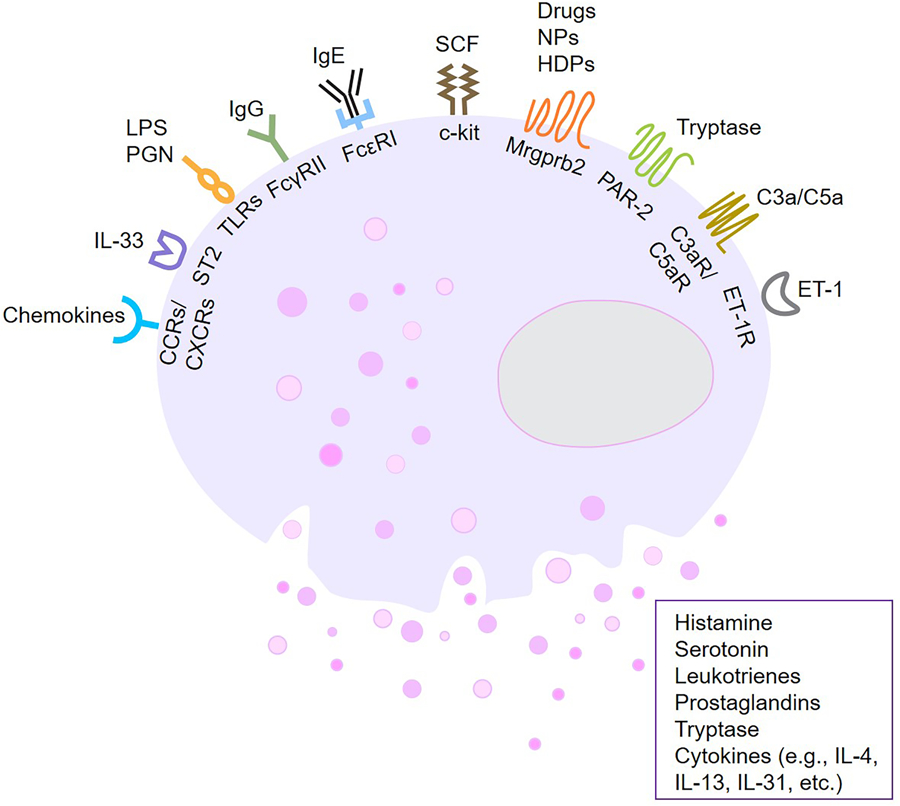Figure 1. Various ligands and receptors known to stimulate the growth, migration, and/or activation of mast cells.

c-Kit (mast/stem cell growth factor receptor, CD117), which mediates responses to stem cell factor (SCF), is a key growth factor for the development of mast cells. IgE crosslinking of the high-affinity receptor FcεRI is the classical pathway leading to mast cell activation and degranulation. A recently identified receptor is Mrgprb2 (murine)/MRGPRX2 (human) which responds to cationic compounds, numerous drugs, and various neuropeptides (NPs) and host defense peptides (HDPs). Other receptors include protease-activated receptor (PAR)-2, chemokine receptors (CCRs/CXCRs) complement receptors, endothelin-1 receptor (ET-1R), FcγRII for IgG, Toll-like receptors (TLRs) for lipopolysaccharide (LPS) or peptidoglycan (PGN), ST2 for IL-33. Mast cell activation leads to the release of multiple mediators such as histamine, serotonin (5-hydroxytryptamine, 5-HT), leukotrienes (LTs), prostaglandins (PGs), tryptase and cytokines. Figure created with Biorender.
